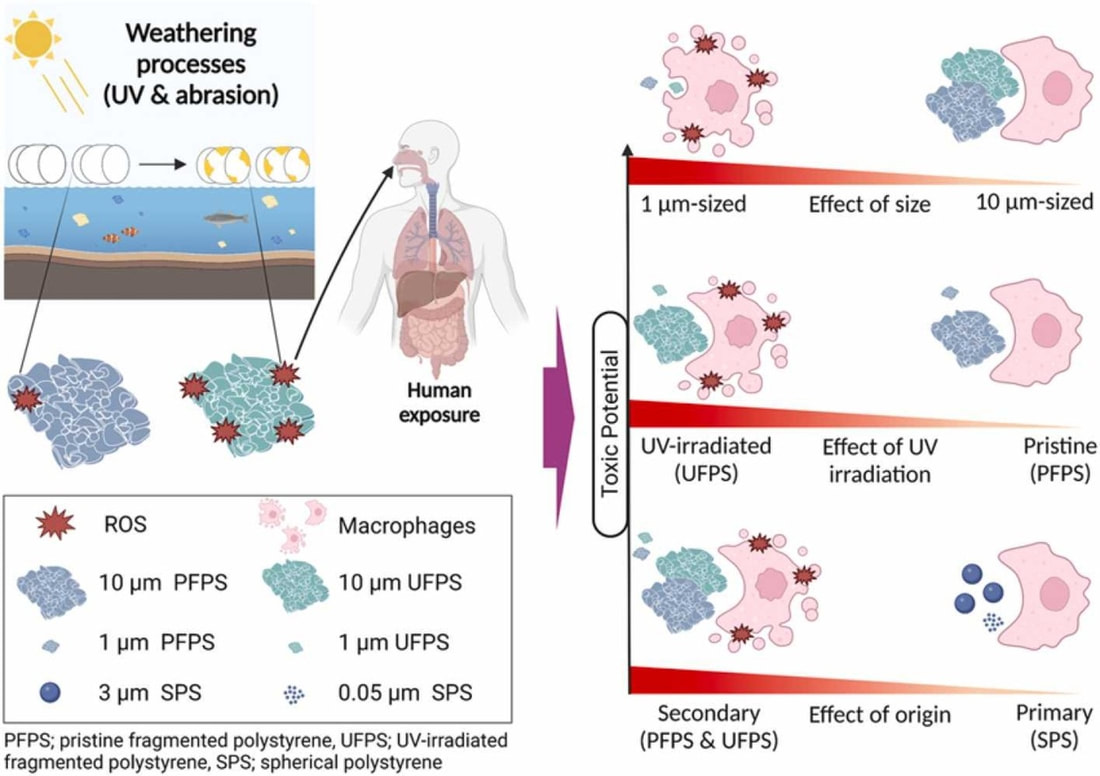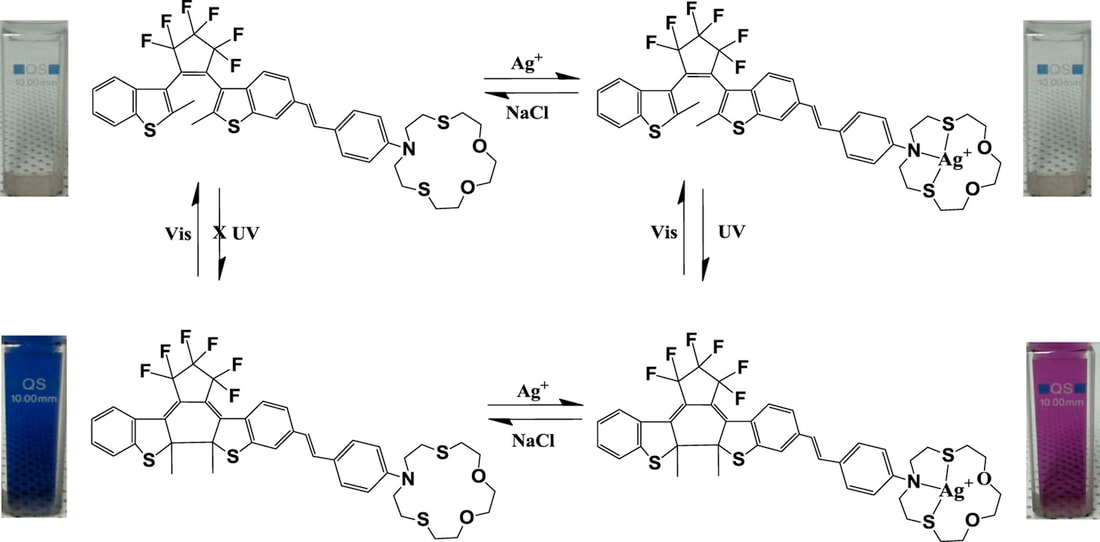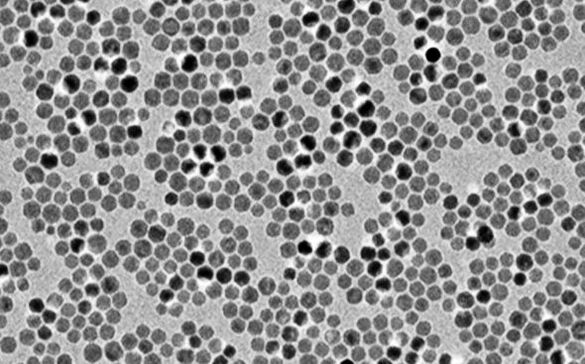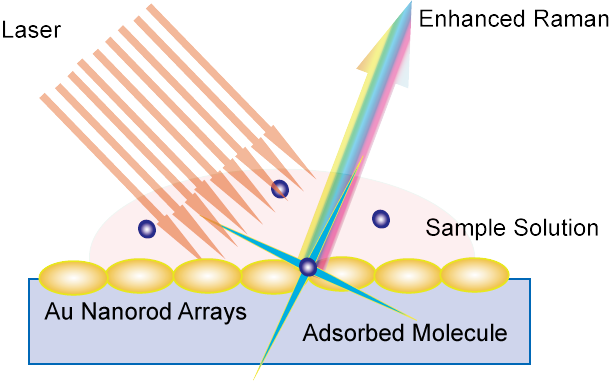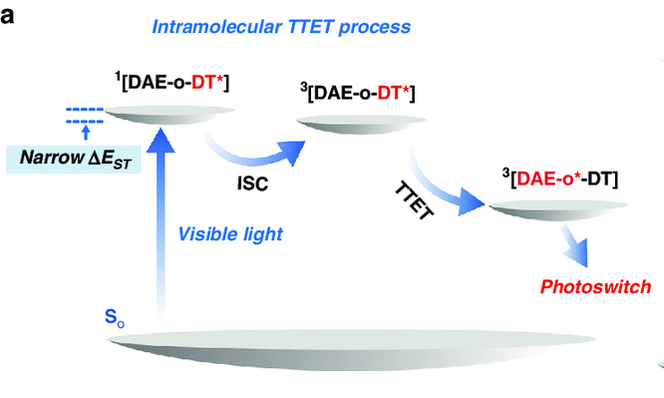Recent Research Highlights
Size- and Oxidative Potential-Dependent Toxicity of Environmentally Relevant Expanded Polystyrene Styrofoam Microplastics to MacrophagesJournal of Hazardous Materials Volume 459, 5 October 2023, 132295Expanded polystyrene (EPS), also known as Styrofoam, is a widespread global pollutant, and its lightweight floating property increases its chances of weathering by abrasion and ultraviolet (UV) irradiation, resulting in microplastics. Herein, we investigated the effects of particle size ((1 µm versus 10 µm), UV irradiation (pristine versus UV oxidation), and origin (secondary versus primary) on the toxicity of Styrofoam microplastics. The target cells used in this study were selected based on human exposure-relevant cell lines: differentiated THP-1 cells for macrophages, Caco-2 for enterocytes, HepG2 for hepatocytes, and A549 for alveolar epithelial cells. In the differentiated THP-1 cells, the levels of cytotoxicity and inflammatory cytokines showed size- (1 µm > 10 µm), UV oxidation- (UV > pristine), and origin- (secondary > primary) dependency. Furthermore, the intrinsic oxidative potential of the test particles was positively correlated with cellular oxidative levels and toxicity endpoints, suggesting that the toxicity of Styrofoam microplastics also follows the oxidative stress paradigm. Additionally, all microplastics induced the activation of the pyrin domain-containing protein 3 (NLRP3) inflammasome and the release of interleukin-1β (IL-1β). These results imply that weathering process can aggravate the toxicity of Styrofoam microplastics due to the increased oxidative potential and decreased particle size.
|
Gated photochromic reactivity of azadithiacrown-ether functionalized diaryletheneDyes and Pigments Volume 172, January 2020, 107869Controllable photochromic reactivity of diarylethene was achieved via synthesis of a novel azadithiacrown-ether functionalized photochromic diarylethene system. Ag+ ion stimuli can alter the electronic energy state of photochromic diarylethene in solution, which facilitates the modulation of photochromic reactivity of the diarylethene system. Upon binding with Ag+ ion, the photochromic reactivity is enhanced drastically and the photochromic reactivity can be suppressed by removing Ag+ with Cl−. To the best of our knowledge, this is the first report of metal ion gated photochromic diarylethene functionalized with azadithiacrown-ether based on the electronic effect.
|
